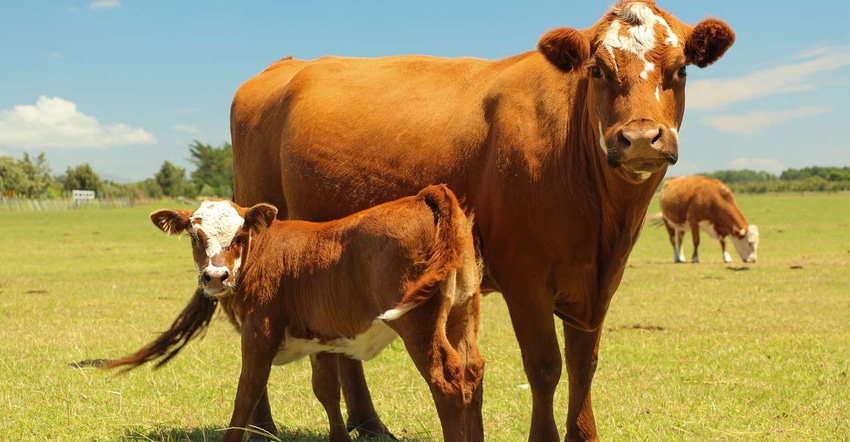Cow-calf herds buck consolidation trend in agriculture
Farm production has continued to shift to larger farms. In 1991, 31% of the value of U.S. farm production came from farms with at least $1 million in sales. By 2015, that number had grown to 51%.
April 2, 2018

A recent study from USDA’s Economic Research Service, “Three Decades of Consolidation in U.S. Agriculture,” examines consolidation in U.S. agriculture since the 1980s.
What did the study find?
Farm production has continued to shift to larger farms. In 1991, 31% of the value of U.S. farm production came from farms with at least $1 million in sales. By 2015, that number had grown to 51%. The numbers are adjusted for price changes.
Cropland acreage has consolidated into fewer larger farms. In 1987, 15% of all cropland was on farms with at least 2,000 acres of cropland. By 2012, 36% of cropland was on farms with at least 2,000 acres.
The midpoint for cropland acres, at which half of all cropland is on larger farms and half is on smaller farms, nearly doubled from 650 acres in 1987 to 1,201 acres in 2012.
Consolidation in crop production has been persistent and widespread.
Consolidation in livestock appears to be episodic, with little change over some periods interspersed with dramatic changes. Such dramatic shifts have occurred in the last 25 years in dairy, egg, hog and turkey production. Consolidation has continued in broiler and fed cattle production.
Only cow-calf operations buck the trend, showing little consolidation. In 2012, 44% of pasture and grazing land was on ranches with at least 10,000 acres, down from 51% in 1987. Permanent pasture and grazing land accounts for more than 400 million acres, or 45%, of U.S. farmland.
The long-term shifts toward agricultural consolidation have occurred in tandem with a shift toward greater farm specialization. Field crop operations increasingly grow just two or three crops, down from four to six crops, and livestock production continues to shift towards farms that produce no crops and rely on purchased feed.
The pace of farm consolidation appears to have slowed after 2007. In livestock, only dairy shows continued rapid consolidation. Financial considerations favor larger operations as their rates of return on assets exceed those for smaller operations.
Most production continues to occur on farms which are owned and operated by people related to one another through blood or marriage. Family farms account for 90% of farms with at least $1 million in sales in 2015 and produced 83% of production from million-dollar farms.
Large corporate firms play a coordination role through the use of contracts, particularly in hog and poultry production.
Where did the data come from?
The study drew upon two primary sources: The Census of Agriculture and the Agricultural Resource Management Survey.
Source: USDA ERS
You May Also Like



